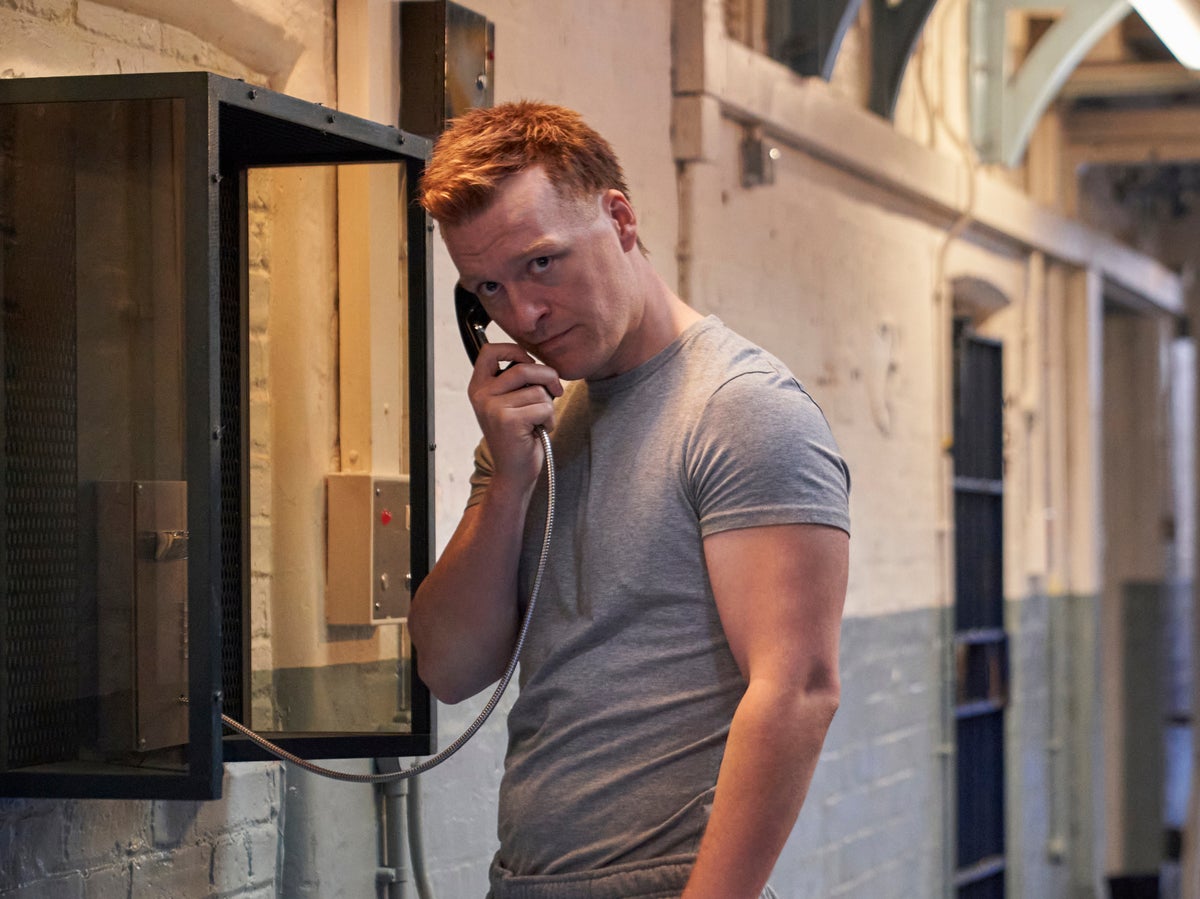
Raoul Thomas Moat wasn’t the first and won’t be the last self-pitying, self-righteous, narcissistic example of violent toxic masculinity, but he was certainly one of the most destructive. ITV’s three-part The Hunt for Raoul Moat is a superbly directed (by Gareth Bryn) dramatisation of Moat’s last murderous days on earth in the summer of 2010, during which he managed to evade the police for a week and kill, maim and destroy the lives of those around him. He took his own life in a final pathetic act of nihilism, caught by the television cameras in grainy nighttime vision, his sawn-off shotgun pointed at his head. It was the ultimate insult heaped on his victims that he escaped justice. The manhunt around Northumbria as Moat escalated his threats to kill random members of the public gripped the nation. The drama is a tense and faithful re-enactment of what happened, and why.
From the off, we’re rooting for the two lead police officers and the local crime reporter who are hunting Moat down, portrayed with a grim determination by Lee Ingleby, Vineeta Rishi and Sonya Cassidy, respectively. Matt Stokoe is chillingly believable as Moat – you feel intimidated every time his angry face appears on screen. Stokoe has a certain passing resemblance to the killer, with at least some of Moat’s hulking bodybuilder physique. Moat was an imposing and powerful man, but, despite some obvious psychological flaws, wasn’t a particularly complex individual, and Stoke captures the way Moat’s emotional void is filled with vanity and pride. In place of love is a passion to control others, and where you’d hope to find reason there is only brute force and an overeating arrogance. As we see, Moat is a man who feels no compunction about publishing his supposed grievances online or calling 999 to declare war on his enemies. As he returns from a jail term for hurting a child, we see him blame the police and social services for him losing his job, his house, his children and his missus. Everything is always someone else’s fault.
Thus, without ever attempting to justify his indefensible actions, Stokoe and the writer (Kevin Sampson) succeed in explaining how it came to be that, just two days after his release from prison, Moat tried to murder his girlfriend, Samantha Stobbart (Sally Messham), shot dead in cold blood her new partner Chris Brown (Josef Davies) and then, equally unprovoked, shot and blinded PC David Rathband. The drama reflects the contemporary reports that Moat carefully planned his assault, and knows that he’ll have to go on the run and continue killing or be killed. It was not a crime of passion but premeditated revenge, as was his subsequent assassination of a police officer sitting in his car.
Before the killings, we see Samantha, her child by Moat, and her family living in fear of Moat’s “Jekyll and Hyde” personality. We also see his incessant stalking of her, his “roid rages”, as they called them, attributed to his heavy intake of steroids. Moat’s brutal ways are starkly juxtaposed with Davies’ portrayal of Chris as a charming, amusing and kindly man. Sally Messham as Samantha shows how much Chris meant to her, more salvation than mere boyfriend.
Samantha (who survived the attack and is living a new life) is played as the normal young woman she was, and who plainly suffered two terrible misfortunes before that night in July 2010 when Moat decided to come after her, and neither was through any fault of her own. The first was to have ever met Moat in the first place; the second was to have told Moat that her new guy was a copper, in the vain hope that it would deter him. It did the opposite. We find Moat calling the police to tell them that he was going to kill as many officers as he could until they killed him. He wanted them to “take me seriously” – betraying the fact that he might actually realise that nobody else did. His were not crimes of passion but revenge. When he judged that the media were telling “lies” he declared war on the public, and terrorised a whole community.
The programme-makers have been criticised for omitting the bizarre incident when Paul Gascoigne turned up to the manhunt with a fishing rod, some lager and a chicken, convinced he was Moat’s brother and that he could persuade him to give himself up. Gazza wasn’t allowed anywhere near Moat, and, frankly, in real life as well as here, the attempted intervention was a distraction and an irrelevance.
The Hunt for Raoul Moat should also be given credit for reminding us that Moat had two accomplices (later jailed), and a weird online cult soon built up, comprising misguided souls who felt that Moat was some sort of latter day Wild West outlaw, a kind of mystical warrior dispensing natural justice. It was an early manifestation of the kind of conspiracies that so blight social media today.
We know, to our great discomfort, that such men as Moat still live amongst us, and, at the tiniest provocation, the mildest slight, real or imagined, they believe they are entitled to hurt and kill others. Sadly some – a tiny few – appear to end up in the police force. Women, especially, are right to feel that there are still too many men like Moat around.







